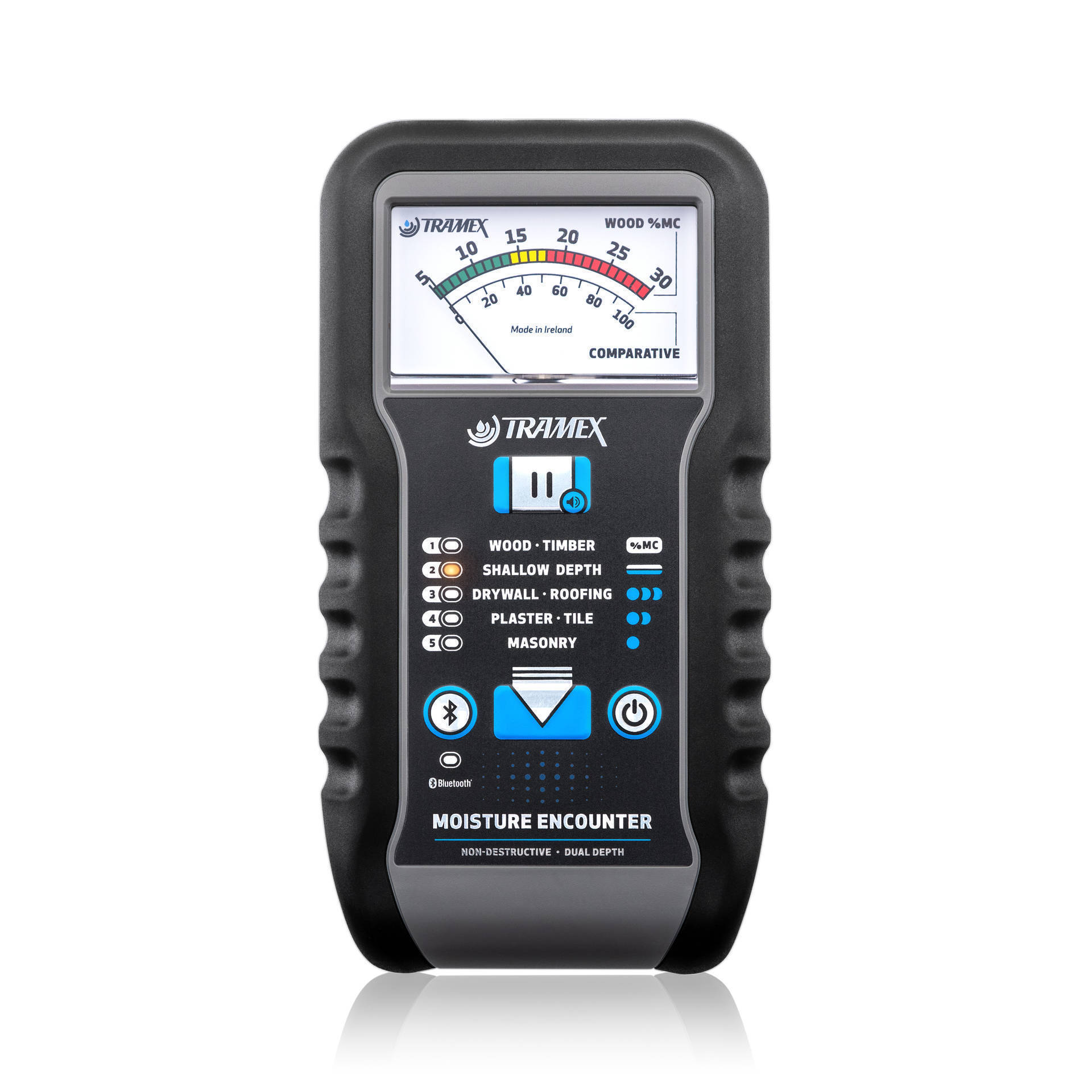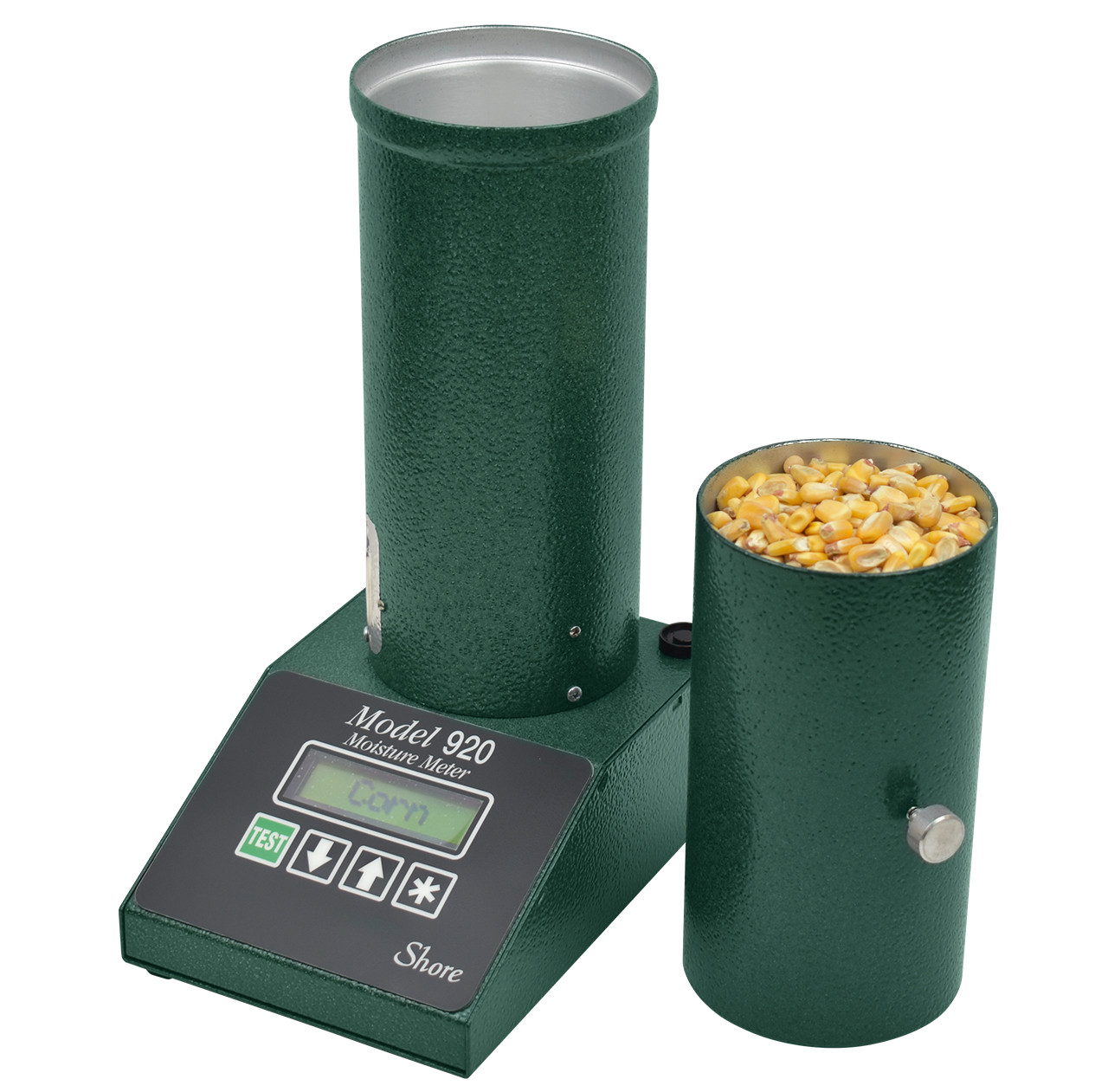Exactly How a Moisture Meter Can Assist You Preserve Optimal Conditions in Your Home or Workplace
Exactly How a Moisture Meter Can Assist You Preserve Optimal Conditions in Your Home or Workplace
Blog Article
Comprehending the Importance of a Moisture Meter in Avoiding Mold and Water Damages in your house
In the realm of home maintenance, the presence of moisture can frequently be a silent yet awesome foe, efficient in triggering pervasive mold growth and perilous water damages if left uncontrolled. In the middle of the tranquil setting of a house, concealed moisture problems can make below the surface, presenting a hazard to both home and health and wellness. Geared up with the right devices and knowledge, home owners can proactively fight these possible hazards. Comprehending the significance of a wetness meter in this battle is not simply an alternative but a critical necessity.
Significance of Moisture Discovery
Reliable dampness discovery approaches are critical for safeguarding buildings and preventing potential mold and mildew growth and water damages. Dampness can seep into different structure products, bring about structural issues and carcinogen. By using a wetness meter, homeowner can proactively identify locations vulnerable to excess dampness, enabling timely treatment and mitigation techniques.
Moisture meters give exact readings of moisture levels in various materials such as concrete, timber, and drywall. This information aids in identifying areas of concern, also in hard-to-reach or concealed areas. Early discovery of wetness accumulation makes it possible for timely repair work or adjustments to avoid additional damages.

Just How Moisture Meters Job
Moisture meters play a critical function in the positive identification of excess moisture, assisting in the prevention of potential mold and mildew development and water damage by giving precise readings of wetness levels in various building products. These gadgets work based on different principles, depending upon their kind. Moisture Meter. Pin-type wetness meters, as an example, have two pins that pass through the material to determine the electric resistance between them. When dampness is present, it improves the product's conductivity, causing a reduced resistance reading. Pinless dampness meters, on the other hand, use electro-magnetic sensors to scan the product without causing damage. These sensing units send out electro-magnetic signals that pass through the material and gauge the dielectric buildings, indicating wetness web content. Some advanced moisture meters integrate both pin and pinless technologies for detailed dampness detection. Understanding exactly how moisture meters function is vital for timely and exact moisture level evaluations, enabling efficient safety nets versus mold and water damages.
Finding Early Caution Indicators
Upon first examination of a residential property, identifying refined signs of excess wetness becomes vital in the early detection of potential mold and mildew development and water damages. Some common early indication include moldy odors, water spots on walls or ceilings, peeling paint or wallpaper, and warped or tarnished surfaces. Stuffy smells commonly indicate the visibility of mold and mildew or mildew, also if no noticeable indications appear. Water stains can signal leakages or seepage, while peeling paint or wallpaper may be a result of dampness endangering the adhesion of these products to the surface. Warped or discolored surface areas, such as twisting floorboards or blemished drywall, are clear indications of water damages. Furthermore, a rise in allergy symptoms or breathing issues among owners may recommend the presence of mold and mildew because of excess moisture. By immediately identifying and resolving these early indication, property owners can alleviate the risk of substantial mold and mildew growth and water damages in their residential properties.
Protecting Against Mold And Mildew Growth
Acknowledging early warning indicators of excess dampness within a property not only makes it possible for punctual detection of prospective mold growth and water damage yet additionally acts as a proactive measure in preventing the spreading of mold and mildew. To successfully stop mold development, it is crucial to resolve More Help any kind of sources of dampness immediately. This can include dealing with leaks in home windows, roofing systems, or pipelines, guaranteeing proper ventilation in wet areas like bathrooms and kitchen areas, and utilizing dehumidifiers in high-humidity spaces. Routinely keeping the residential property and examining's pipes, roof covering, and rain gutters can also assist in protecting against water intrusion that can result in mold and mildew growth.
In addition to dealing with moisture sources, keeping indoor humidity levels below 60% can significantly prevent mold growth. Proper ventilation, sufficient insulation, and utilizing a/c unit or followers can assist control indoor humidity levels. Keeping an eye on wetness levels in areas susceptible to moisture, such as cellars and creep areas, using a wetness meter can likewise aid in very early discovery of elevated wetness levels and potential mold and mildew development. By taking positive procedures to avoid excess dampness and mold growth, property owners can protect their building and interior air high quality.
Advantages of Regular Surveillance
Routine monitoring of dampness degrees in a building can play a critical function in maintaining a healthy and balanced indoor atmosphere and avoiding prospective mold and water damage. By regularly inspecting moisture levels, home owners can spot any kind of issues immediately and take necessary actions to protect against mold development and water damages. One of the crucial advantages of regular tracking is very early detection. By determining and addressing high wetness degrees at an early stage, home owners can intervene before mold and mildew has the opportunity to spread out and develop. This positive approach can save both money and time in the lengthy run by stopping extensive mold removal and repair expenses.
Additionally, normal tracking enables property owners to track patterns and patterns in moisture degrees with time. By developing a standard and surveillance modifications, individuals can determine any locations of worry or prospective vulnerabilities in the residential property's structure. This data-driven method enables targeted treatments and upkeep efforts to address underlying concerns before they intensify into even more considerable issues. Ultimately, the consistent tracking of moisture levels empowers from this source home owners to protect their residential or commercial property, secure their health and wellness, and protect the stability of their indoor environment.

Conclusion

By using a wetness meter, residential or commercial property owners can proactively determine locations susceptible to excess wetness, permitting for prompt intervention and reduction strategies.

Monitoring dampness degrees in locations susceptible to moisture, such as basements and crawl spaces, making use of a dampness meter can also assist in very early detection of elevated moisture degrees and prospective mold growth. (Moisture Meter)
Report this page